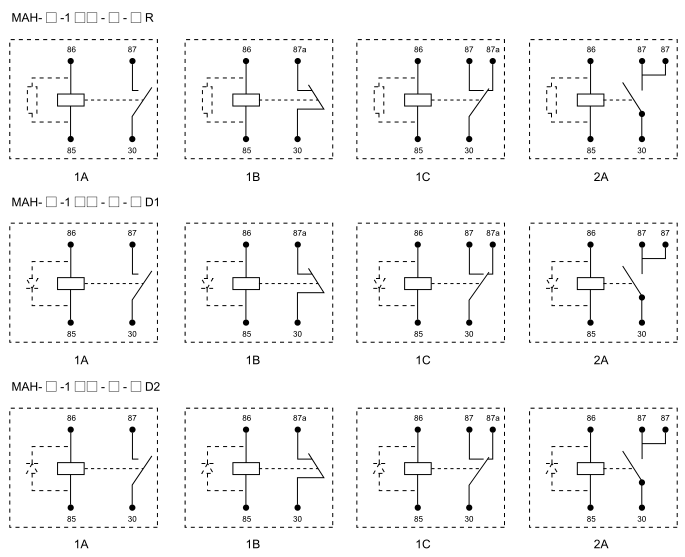understanding relay circuits and the role of meishuo technology
Release time:2025-08-20 00:24:09
A relay circuit is an essential component in many electronic and electrical systems, widely used to control a higher power circuit with a lower power signal. This kind of circuit allows you to switch on/off high voltage devices using low voltage controls, making it an invaluable tool in various industries, from home automation to industrial control systems. In recent years, the integration of advanced technology, such as Meishuo, has enhanced the functionality and efficiency of relay circuits. In this article, we will delve into the basics of relay circuits, their applications, and how Meishuo is transforming this domain.

What is a Relay Circuit?
A relay is an electromechanical switch that consists of an electromagnet, a set of contacts, and a spring. When a small current is passed through the electromagnet, it generates a magnetic field that attracts a movable arm, which in turn closes or opens the contacts. This action allows for the control of a high-power circuit with a low-power input signal. Relay circuits are fundamental to many electrical systems because they provide isolation between the control circuit and the power circuit, ensuring safety and efficiency.
Components and Functionality
A typical relay circuit has several components: a coil (electromagnet), contacts (usually normally open or normally closed), and a spring. When an electric current passes through the coil, it energizes the electromagnet. This attracts the movable arm and changes the position of the contacts. Depending on the design, the contacts can either close (for normally open contacts) or open (for normally closed contacts). This allows the relay to control the flow of current in a connected circuit.

